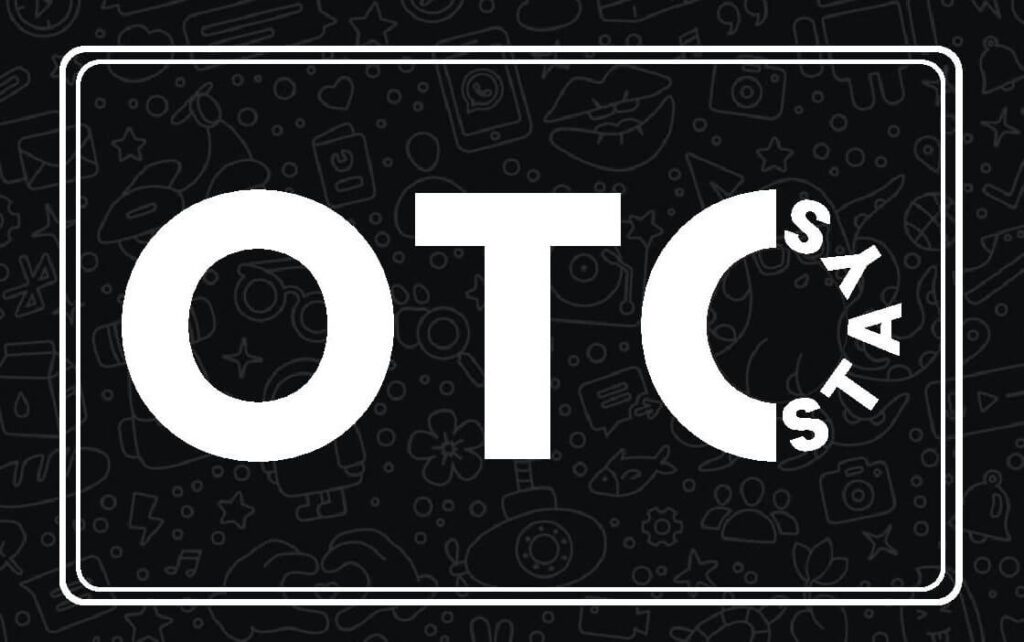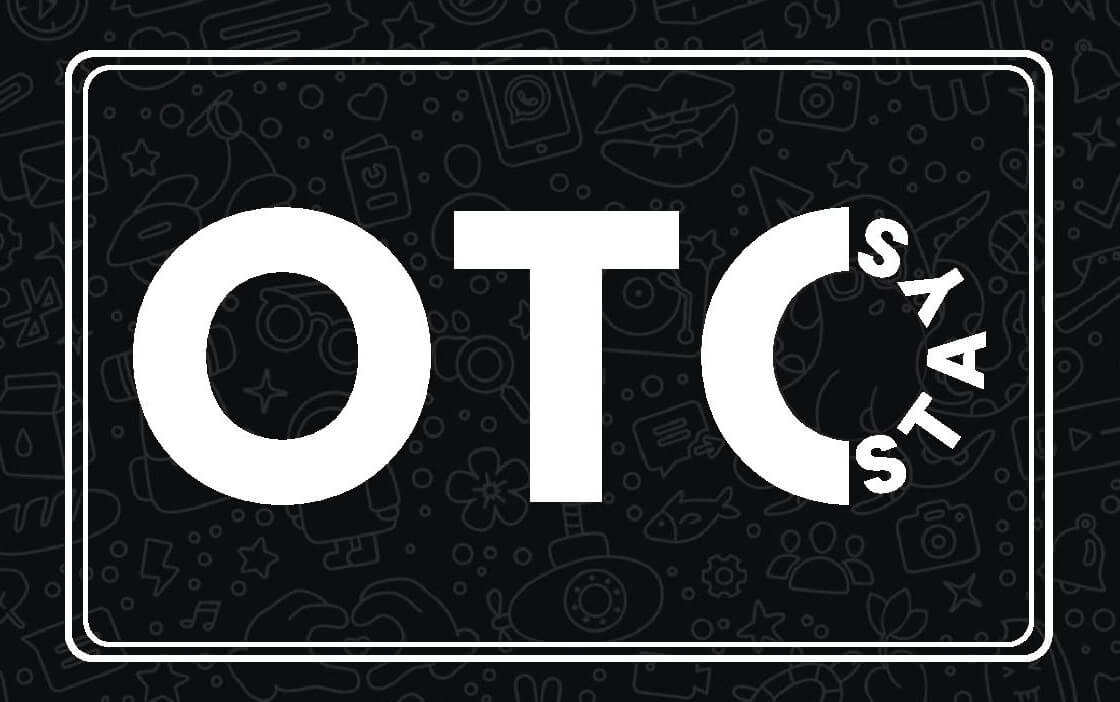
20 Things You Must Know About Search Engine Optimization
What is Search Engine Optimization?
Search engine optimization is a procedure that aims to improve a piece of content so that search engines such as Google will show it higher in search results. SEO includes a variety of key elements, such as link building and page structure.
 It is also about identifying what users are looking for, and then enhancing keywords based on that user intention. Finally, it involves conversion rate optimization (CRO).
It is also about identifying what users are looking for, and then enhancing keywords based on that user intention. Finally, it involves conversion rate optimization (CRO).
Keywords
Keywords are the primary link between what search engine users want and search engine optimisation manchester the content that websites offer to satisfy their requirements. Keywords are a way to communicate to search engines the topics your content is addressing and how well it is matched to the user’s search. Keywords are customer-oriented and therefore, it is crucial to understand your audience’s language and what kind of content they are looking for. You can accomplish this by conducting market research, speaking with customers and engaging with social media platforms.
Before semantic search came along Keywords were the primary method of communicating the content of a website to the search engine optimisation agency engine. The more frequently a keyword is used, the higher the website’s ranking. This led to practices like keyword stuffing that resulted in the loss of credibility among Search engine Optimisation Manchester engines. Utilizing too many keywords could result in content being ranked as low-quality and spammy.
The most effective SEO keywords are those that strike the perfect balance between competition, volume and relevance. They should be utilized in the right places to maximize their impact on your site’s performance. Keywords are crucial because they help you bring the right people to your business. They can increase traffic which will result in more conversions and, ultimately, a better ROI.
While the high volume of search traffic may be appealing, you should focus on quality traffic instead of the quantity. Keywords that are not relevant to your business could result in visitors who are not likely to stick around on your site and increase your bounce rate and hurt your ranking. Keywords should be used in the title tag Meta description, URL internal links, file names for images and in the body of your content.
While singular keywords may have a significant search volume but they also face challenging competition and are extremely difficult to reach. It is difficult to rank for a keyword such as “dog”, which is used more than 1.2 million times per month. Long tail keywords are more specific and therefore, easier to rank. Moreover, these keywords can have a lower price and increase your brand’s visibility.
Optimization of the page
The term “on-page optimization” refers to the process of enhancing the content of a website so that it will rank higher on search engine results pages (SERPs). It involves making modifications to HTML content, as well as other elements of a website. As opposed to off-page optimization SEO focuses on the elements you control.
The first step in optimizing your on-page is to look at the current rankings for an individual page, and to identify its potential. This is done by studying competitor data and examining keywords used on rival pages. It also includes identifying technical parameters that can be improved.
After you’ve compiled an inventory of the potential issues, you can begin to fix them. Prioritize the issues that will have a significant impact on your site’s rank, and work from there. This will ensure that your SEO efforts have a positive impact on your rankings.
Another important aspect of optimizing on-page performance is internal linking. This is when you link to other pages on your website that relate to the subject of the page you’re optimizing. This will help enhance the user experience and will also help search engines understand the relevance of your site to a particular query.
Title tags are important for SEO on-page because they inform search engines about what your page’s content is about. Your title tag should contain your keyword as well as other relevant words. Title tags are an excellent location to incorporate LSI keywords since they can boost your visibility to search engines.
Meta description tags are an additional aspect of optimizing on-pages. They are small pieces of text that are displayed beneath the URL on the result pages of a search engine. They can encourage users to click on a link and also serve as an index of rank.
Page speed is one of the most important aspects of on-page optimization. Google gives priority to faster pages and this can help your site get into their search index faster. Image compression, JavaScript files and caching can help you achieve this. There are many other methods to optimize your website for speed but these are a good starting point.
Off-page optimization
Finding your way onto search engine results pages (SERPs) requires both on-page and off-page optimization. On-page SEO entails the use of keywords, internal linking, and high-quality content. Off-page SEO involves activities outside of a site that improve rankings. These activities include link construction as well as social media engagement and public relations.
For the purpose of this article, we will concentrate on off-page SEO. Off-page SEO was once a way of acquiring links on the website from other websites and blogs. However, today it covers more than just building links. It also encompasses strategies that don’t yield normal links, like content marketing and digital public relations.
One of the best ways to comprehend off-page SEO is to think about it in terms of the impact it has on traffic. For instance, if a person mentions your brand’s name in a blog or social post, it could result in brand-name searches and links. This kind of off-page SEO is important as it tells Google that you’ve got an extremely popular website and is the kind of site that people are looking for.
Other types of off-page SEO include local events online reviews, local events, and social media marketing. These are especially valuable for physical brands with brick-and mortar locations. For instance, a local search engine optimization services sports team might hold a contest or event that draws attention in the brand, Search Engine Optimisation Manchester leading to reviews online and social media posts. Simple things like responding to negative or positive online reviews can be a contributing factor to off-page SEO because it indicates that you value your customers and would like to hear what they have to say.
A recent study revealed that off-page SEO is now more important than ever. It is responsible for 75% of a effective digital strategy. Off-page SEO encompasses a broad variety of strategies. It’s important to focus only on those that will help you achieve your goals. This will ensure that your efforts aren’t lost in the noise. Furthermore it makes it easier to assess your performance and pinpoint areas that need improvement. Moreover, it will ensure that your money is spent wisely and you’re not missing out on opportunities to expand your business.
Optimization of conversion rate
Optimization of conversion rates is a crucial aspect of online marketing. It’s crucial for your website and social media campaigns. It is the process of increasing the number of users who complete a desired action on your site for example, making a purchase or signing up to your newsletter. CRO is a crucial strategy for any website whether you run an online store or trying to grow your online following.
A high conversion rate means that more visitors are turning into clients, customers, or an audience that keeps returning to your site. This also means you get more value from the traffic you already have. To do this, you have to make your website’s content more engaging and optimize your site for users’ experience. This can be achieved through A/B testing, improving the layout of your site and other methods.
What is considered to be a successful conversion is dependent on your niche and industry and your particular goals. It can range from few sales to a large email newsletter list. The best way to determine the conversion rate is to monitor and analyze them over time. This will help you determine what changes are working and which are not.
In general the rate of conversion is calculated by taking the total number of conversions and dividing it by the total number of visitors to a website or campaign. For instance, if you have 20 contact form submissions and 1000 visits per month, then your conversion rate is 20 / 1,000 = 2.2 percent.
Another aspect of CRO is optimizing your calls to action (CTAs). This means creating simple and concise forms that are simple for users to fill out. Your forms should also be mobile-friendly and load quickly. It is essential to have quick page loading speeds, as users expect pages to load almost immediately.
CRO also means that you should ensure that your call to action appears clearly on every page on your website. This can be achieved by using text, buttons or videos. You must be careful to not overdo this, as it can lead to penalties from search engines.
